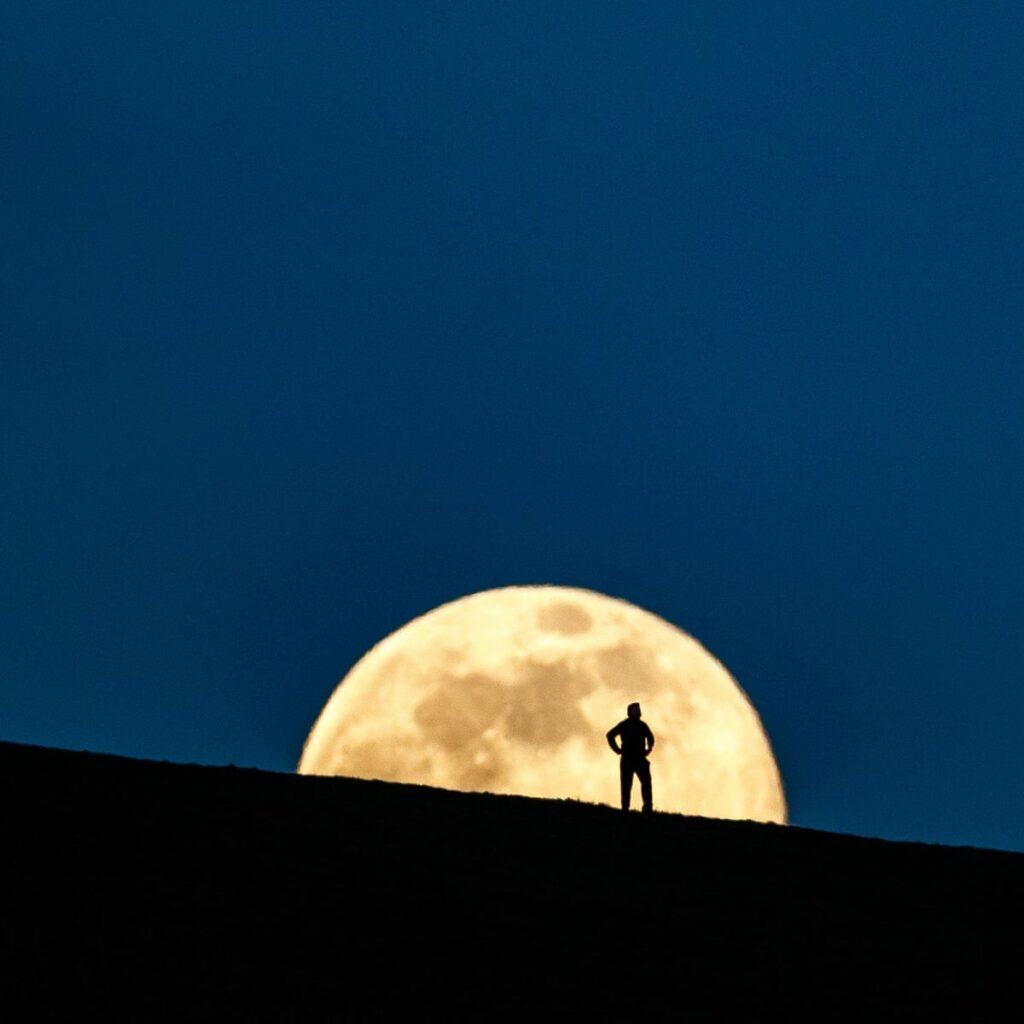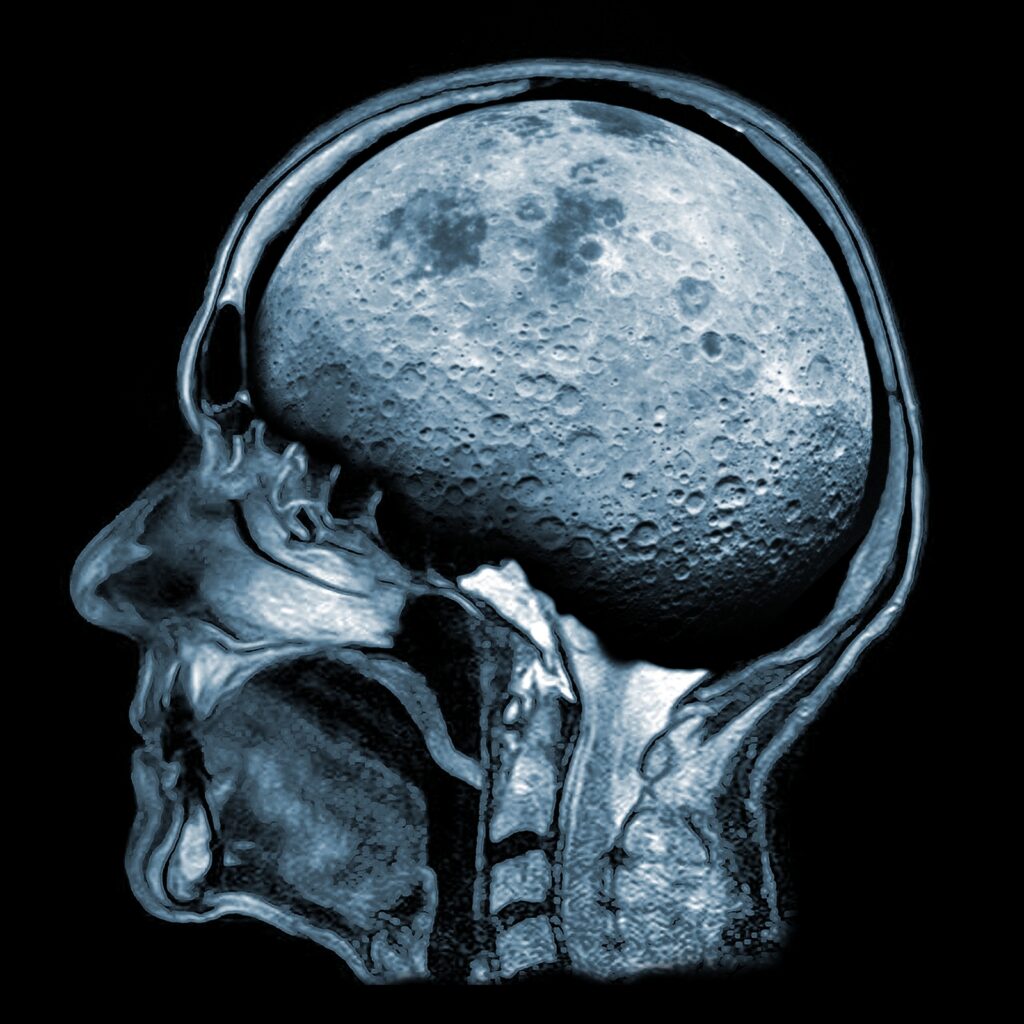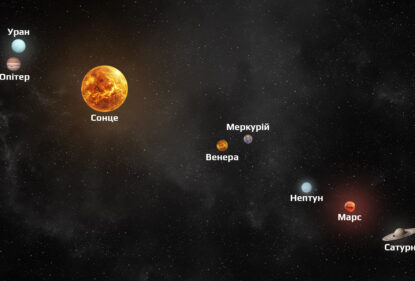The influence of the Moon on the physical and mental state of a person has been discussed since times immemorial, and up to these days we often come across some esoteric texts and unconfirmed statements about it. Meanwhile lunar rhythms are one of the issues that are actively studied by modern chronobiologists, because there is no doubt that some kind of rhythms really exist and physiological processes are of cyclical nature.

To date, many lunar influences that once seemed obvious have not been directly confirmed in experiments. But there are also insufficiently studied aspects, because their full assessment would involve large-scale experiments on people, taking into account dozens of parameters that cannot be excluded from a long-term study.
What is the lunar cycle?
The monthly lunar cycle consists of approximately 29.5 days, during which the Moon undergoes a complete phase change. Besides, there is the 24.8 hours daily cycle (the average time between the upper culminations of our natural satellite). It should be remembered that the duration of the first lunar day can vary, and sometimes it turns out to be very short. Depending on the phase of the Moon, the degree of illumination of the night sky changes, which also affects some processes in wildlife (for example, the ability of some animals to hide from predators or the ability of others to hunt successfully). At full, the sky is about 25 times brighter than during the quarter phase and 250 times brighter than on a new moon night.
The influence of lunar rhythms is a long-standing object of research in marine biology, since the reproductive processes of many animals are regulated precisely by these changes. There is even a special term for tidal rhythms—circadian. Interesting connections between physiological processes and phases of the Moon have long been proven for this group of organisms.
However, terrestrial creatures, from invertebrates to primates, can also be affected in some way by the lunar schedule (and, accordingly, by the illumination of the night sky). Scientists also discuss the gravitational aspects of the lunar influence at the level of the organism.
How the Moon affects humans
Among the interesting subjects to study about humans is the frequency of occurrence of different types of strokes in different phases of the Moon. Scientists were able to draw a number of conclusions based on the Royal Melbourne Hospital database for 2004-2011. It turned out that hemorrhagic strokes occurred more often in the first quarter of the lunar cycle than on the days of the new moon. Transient ischemic attacks also occurred more frequently in the period of the first quarter and full. But the cases of ischemic strokes were not affected by the lunar phases. By the way, the same work shows that strokes in general occur less often between midnight and 6 am than at other times of the day.
Another large-scale study investigated one more important question of how the quality of a person’s sleep changes depending on the phase of the moon. Scientists assessed the quality of sleep using electroencephalography and made additional analyzes to compare the levels of melatonin and cortisol. It turned out that during the full moon, the deep sleep phase is reduced by 30%, the durability of falling asleep is extended by 5 minutes, and the total sleep time is reduced by 20 minutes. It is interesting that this work caused a heated discussion and received a number of critical comments regarding the methods and design of the experiment.

Scientists agree that the complexity of the adequate design of the experiment, which allows isolating the specific connections between the features of sleep and the lunar phase and the close mutual influence of the regulatory systems responsible for “capturing” solar and lunar rhythms, requires more data. Although a lot of work is being done in this direction, the question still remains open.
The influence of the monthly cycle on human physical activity has not been confirmed either. A multinational study has shown that this activity has its own rhythm, but it is not directly related to the Moon.
An interesting explanation of statistically confirmed connections between mental and organic processes in the human body and phases of the Moon is given in the article by Russell G. Foster and Till Ronneberg Human Responses to the Geophysical Daily, Annual and Lunar Cycle). One of the most pressing issues is the potential relationship between the manic and depressive phases of bipolar disorder and lunar rhythms. And there is no unequivocal answer about such influences yet.
It is obvious that the prerequisites for the existence of connections between physiological processes and monthly rhythms exist, but the complexity of competently setting up an experiment with the participation of people and the presence of additional influencing factors prevent us from drawing clear conclusions and formulating any recommendations based on statistically reliable data.
Among scientists, the opinion is spreading that the degree of influence of lunar rhythms may differ for different people. Perhaps there are certain genetic prerequisites for a greater or lesser susceptibility to these influences, which will be associated, for example, with the presence of more “ancient” markers that signal a greater dependence on the influence of the Moon — because in times when the Moon was the only source of illumination at, the inborn ability to adapt one’s activity to different light conditions could be valuable.
The article The Still Dark Side of the Moon: Molecular Mechanisms of Lunar-Controlled Rhythms and Clocks by scientists Gabriele Andreatta and Kristin Tessmar-Raible shows the connection between lunar rhythms and molecular mechanisms that provide circadian (daily) and circannual (annual) rhythms, and raises many questions, which should be answered if we want to understand the human toll of the Moon: who is affected, how and why.
We are waiting for new research by chronobiologists!




